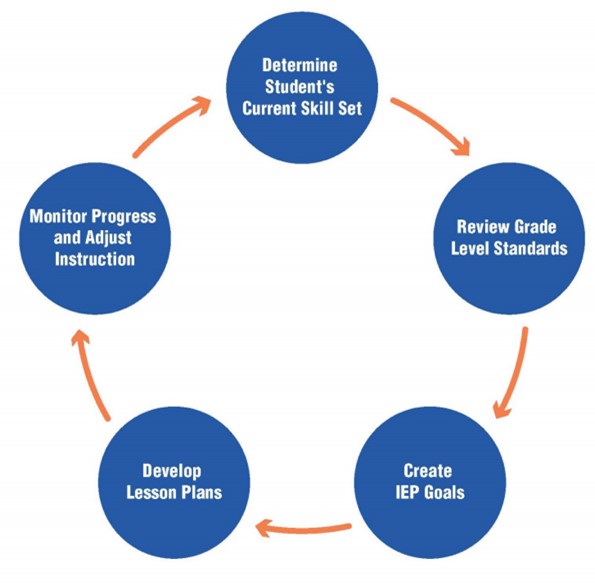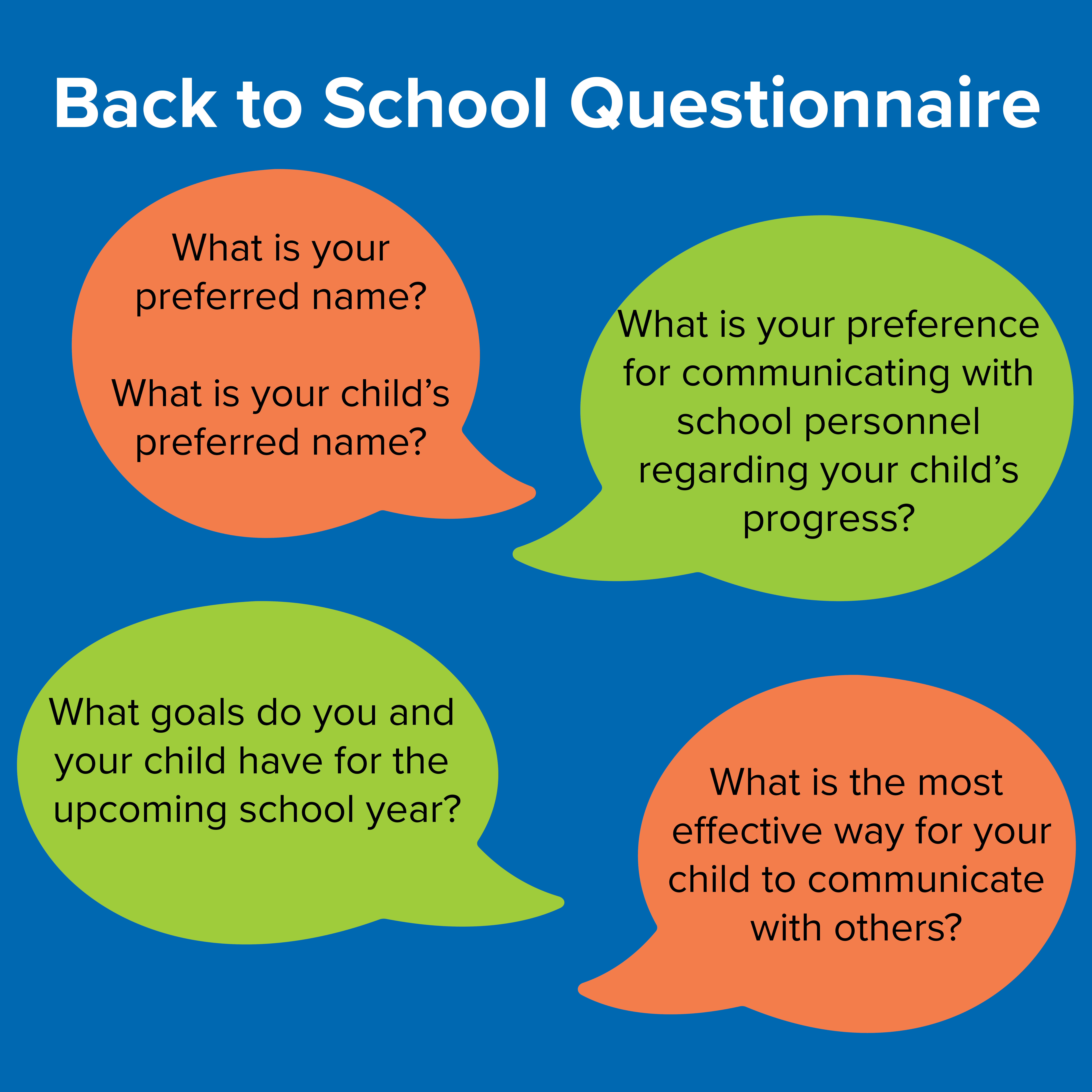August Newsletter | New School Year, New IEP

New School Year, New IEP:
Refreshing Individualized Education Plans
Have you ever been overwhelmed by the sheer quantity of Individualized Educational Plans (IEPs), not to mention the need to implement standards-based instruction for a new class of students? You’re not alone—and as the new school approaches, many teachers and staff members prepare for their students arrival by reviewing IEPs from previous years. Now is the perfect time to use resources in STAR, SOLS, and Links to your advantage! Read on for more helpful tips:
1. Connecting School and Home
Students with significant disabilities are facing new challenges when returning to school following the global COVID-19 pandemic. Socialization skills and even basic routines including circle time, lunch, and transitions may be rusty and need focused attention. Our behavior supports provide materials such as behavior support icons (English, Español), first-then templates (English, Español), and visual schedule templates (English, Español) to customize routine practice.
2. Aligning IEP Goals and Curriculum

Educators often encounter challenges when writing IEP goals that match lesson plans and state standards. Stumbling blocks can include creating specific and measurable goals, measuring students’ skills, aligning IEP and post-secondary goals for successful transition plans, and more. Use our free primary and secondary IEP Alignment Charts to plan with parents and educators for this upcoming school year.
STAR, Links, and SOLS systematically address each of these challenges through robust data collection, detailed lesson plans in core curricular areas, and digital tools. The model to the right demonstrates how assessment can inform standards, which lead to well-formed IEP goals, which are further supported by lesson plans, which then provides opportunities for progress monitoring and adjustments as needed. The result is a fully self-sustaining learning ecosystem.
These curricula are aligned to Common Core State Standards or Essential Elements and provide a developmental progression of skills that can be easily aligned to specific state standards. Follow this link for more about standards alignment with STAR Autism Support.

